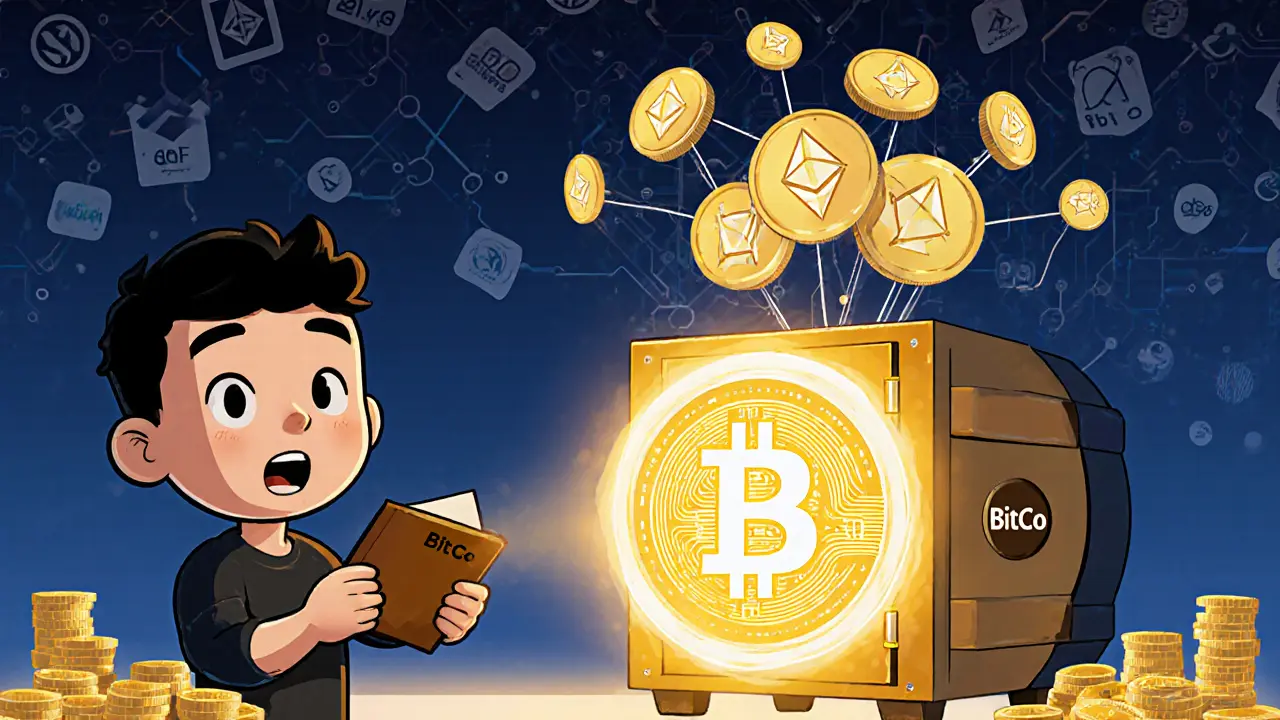DeFi Tokens: What They Are, How They Work, and Which Ones Still Matter
When you hear DeFi tokens, digital assets built to run financial services without banks. Also known as decentralized finance tokens, they’re the fuel behind apps that let you lend, borrow, trade, and earn interest—without a middleman. Unlike Bitcoin or Ethereum, which are mostly store-of-value or network coins, DeFi tokens are designed to do something specific: enable financial functions on blockchain. Some pay you for locking up your crypto. Others give you voting power in a community-run protocol. A few even let you trade large sums with almost no slippage—like Fraxswap on Polygon, which handles $5K+ stablecoin swaps better than most exchanges.
But not all DeFi tokens are created equal. Many are just hype wrapped in code. Look at projects like Transcodium (TNS)—a token with no users, no platform, and almost no trading volume. Or StarSharks (SSS), which promised an airdrop that never happened, then collapsed. These aren’t exceptions—they’re the norm. The real winners? Tokens tied to actual tools. Like CORA from Corra.Finance, built for NFT creators who want to earn without upfront fees. Or FRAX, a stablecoin used in high-volume swaps because it’s designed to stay pegged even under pressure. And then there’s CRX, the volatile native token of CRODEX, a niche DEX with only nine supported coins. Each of these shows a different side of DeFi: utility, risk, speculation, or survival.
DeFi tokens don’t exist in a vacuum. They connect to DEX, decentralized exchanges that let you swap crypto without a central authority. Also known as decentralized trading platforms, they’re where most DeFi tokens live and trade. Whether it’s DerpDEX on zkSync for meme coins, ShadowSwap on Core, or LFJ v2.2 on Arbitrum for simple ETH swaps, the exchange matters as much as the token. And then there’s the crypto airdrop, free token distribution to early users or community members. Also known as token giveaways, they’re how many DeFi projects get their first users—like FARA from Faraland or NIGHT from Cardano’s Glacier Drop. But airdrops often lead to quick flips, not long-term value. The real question isn’t whether you can get free tokens—it’s whether the project behind them has staying power.
What you’ll find below isn’t a list of hot new tokens. It’s a collection of real reviews, breakdowns, and warnings about what actually works in DeFi. You’ll see how Fraxswap saves traders money, why DerpDEX is only for experimenters, and why some airdrops vanish before you even claim them. No fluff. No hype. Just what happens when code meets real users—and sometimes, when it doesn’t.
